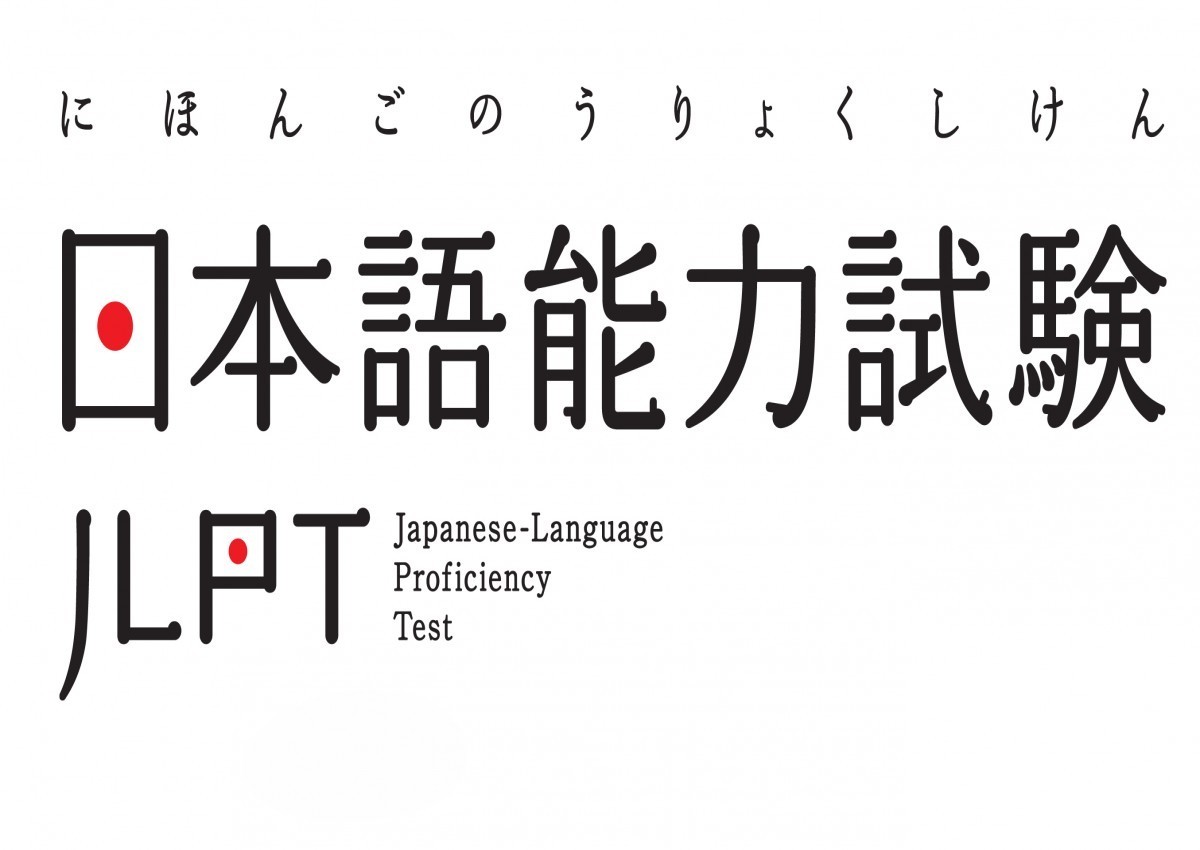10 Nov
"The Non-traditional Route to JLPT Success: Infusing Japanese Culture into Your Language Studies"
Introduction:
Embarking on the journey to JLPT success involves more than memorizing vocabulary and grammar rules. This blog explores the non-traditional approach of incorporating Japanese culture into your language studies for a richer understanding and enhanced performance in the Japanese Language Proficiency Test (JLPT).
Recognizing the Link Between Language and Culture:
Language and culture are inseparable, and this is especially true for Japanese. The nuances of expressions, politeness levels, and contextual appropriateness are deeply rooted in Japanese culture. Integrating cultural understanding into your language studies not only enhances your communication skills but also provides a unique perspective on the language.
Understanding the JLPT:
The JLPT is a standardized test designed to assess the proficiency of non-native speakers in the Japanese language. With five levels ranging from N5 (easiest) to N1 (most advanced), the exam evaluates various language skills, including listening, reading, and comprehension. Taking a non-traditional route to JLPT success involves going beyond conventional study methods.
Infusing Japanese Culture into Language Studies:
1. **Cultural Immersion through Media:** Incorporate Japanese media into your routine. Watching anime, dramas, and movies exposes you to colloquial expressions, cultural references, and diverse accents. This immersion helps bridge the gap between textbook Japanese and real-life communication.
2. **Reading Literature and Manga:** Dive into Japanese literature and manga to grasp cultural nuances and historical contexts. The narratives often reflect societal norms, traditions, and values, providing a deeper understanding of the language.
3. **Language Exchange with Native Speakers:** Engage in language exchange with native Japanese speakers to not only practice the language but also gain cultural insights. Conversations with locals offer a firsthand experience of language nuances and regional variations.
4. **Participating in Cultural Activities:** Attend cultural events, festivals, or workshops in your local community or online. This hands-on experience allows you to connect language learning with cultural appreciation, making your studies more engaging and holistic.
5. **Cooking and Culinary Exploration:** Explore Japanese cuisine as a cultural immersion activity. Learn about traditional ingredients, cooking techniques, and meal etiquette. Cooking Japanese dishes not only adds a multisensory dimension to your studies but also deepens your cultural understanding.
Benefits of a Cultural Approach to JLPT Success:
1. **Enhanced Contextual Understanding:** By incorporating cultural elements, you gain a more profound understanding of the context behind language usage, making your responses in the JLPT more nuanced and accurate.
2. **Improved Listening Skills:** Exposure to diverse accents and language styles through media and conversations sharpens your listening skills, a crucial component of the JLPT.
3. **Cultural Sensitivity in Communication:** Understanding cultural subtleties enhances your ability to communicate respectfully and appropriately, skills often tested in the higher levels of the JLPT.
Conclusion:
The non-traditional route to JLPT success involves embracing Japanese culture as an integral part of your language studies. By infusing cultural elements into your routine, you not only make the learning process more enjoyable but also gain a deeper and more authentic understanding of the language. As you prepare for the JLPT, remember that language is a living entity shaped by its cultural context. So, explore, experience, and immerse yourself in the rich tapestry of Japanese culture on your path to JLPT success.










